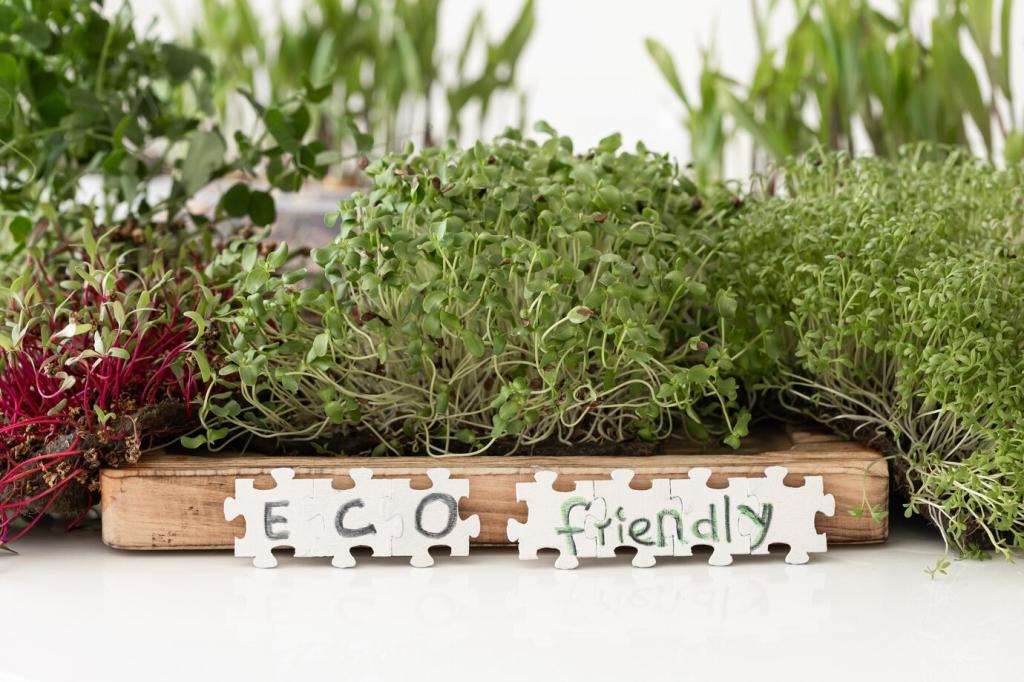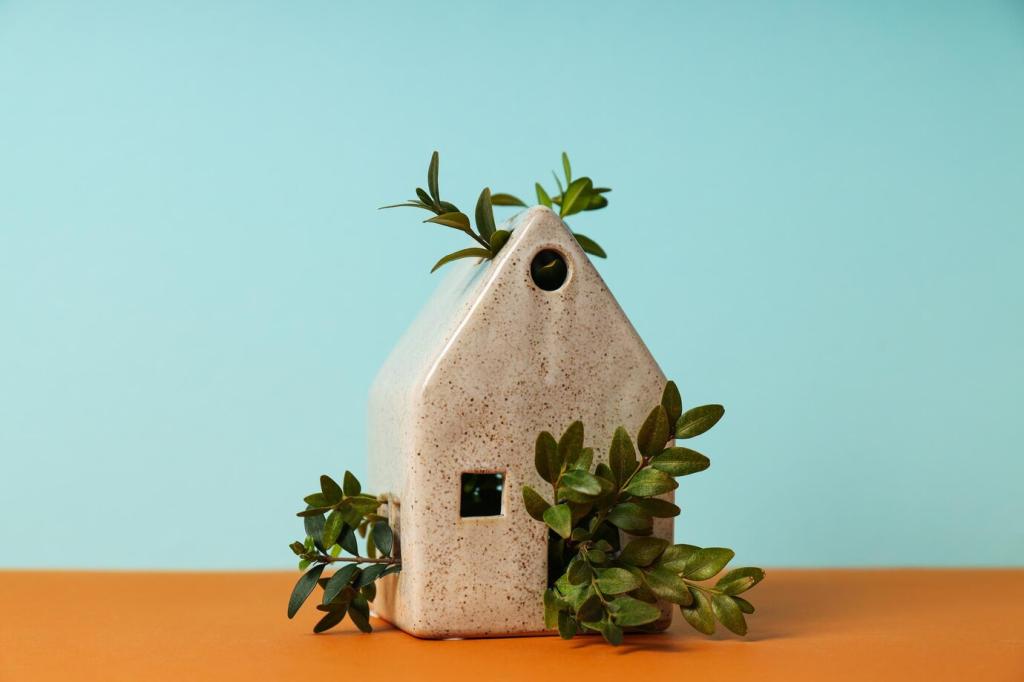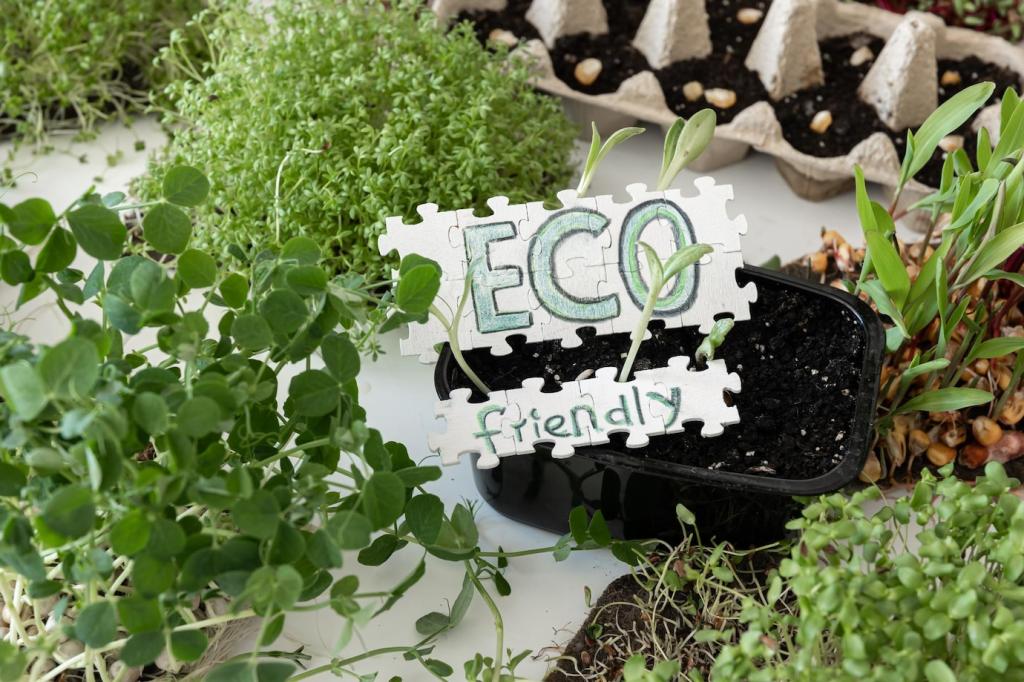Water, Sound, and Multisensory Calm
Tabletop fountains with recirculating pumps can add soft white noise and humidity. Mind evaporation, mineral buildup, and proximity to sensitive finishes. If you live in drought-prone regions, consider recorded sound or dry gardens. Comment with what relaxes you most after a long day.
Water, Sound, and Multisensory Calm
Cork panels, wool rugs, timber slats, and clusters of plants absorb harsh echoes while keeping aesthetics warm. Layer birdsong playlists during focused work or quiet rain for evening resets. What tracks help you recharge? Share your favorites so we can build a community mix.







